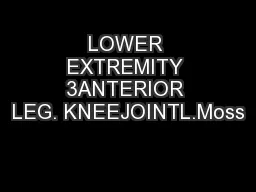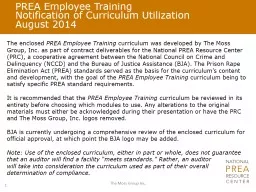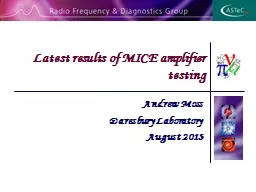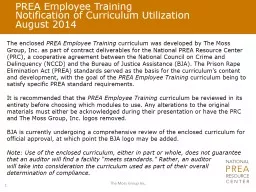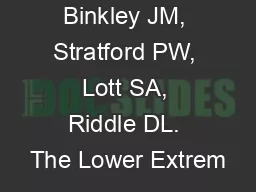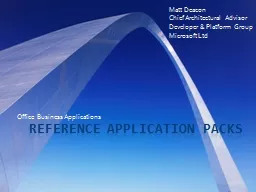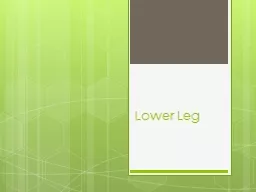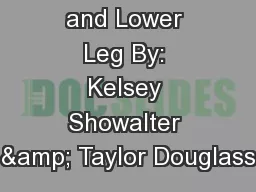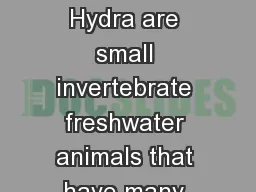PDF-LOWER EXTREMITY 3ANTERIOR LEG. KNEEJOINTL.Moss
Author : faustina-dinatale | Published Date : 2016-08-09
1 Leg superficial structures Great and lesser saphenous Vv saphenous N sural N 2 Popliteal fossa Common fibular N entering lateral and anterior compartments of leg
Presentation Embed Code
Download Presentation
Download Presentation The PPT/PDF document "LOWER EXTREMITY 3ANTERIOR LEG. KNEEJOINT..." is the property of its rightful owner. Permission is granted to download and print the materials on this website for personal, non-commercial use only, and to display it on your personal computer provided you do not modify the materials and that you retain all copyright notices contained in the materials. By downloading content from our website, you accept the terms of this agreement.
LOWER EXTREMITY 3ANTERIOR LEG. KNEEJOINTL.Moss: Transcript
Download Rules Of Document
"LOWER EXTREMITY 3ANTERIOR LEG. KNEEJOINTL.Moss"The content belongs to its owner. You may download and print it for personal use, without modification, and keep all copyright notices. By downloading, you agree to these terms.
Related Documents

